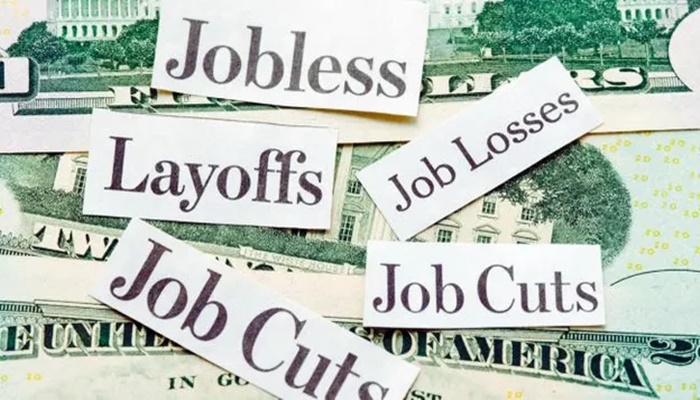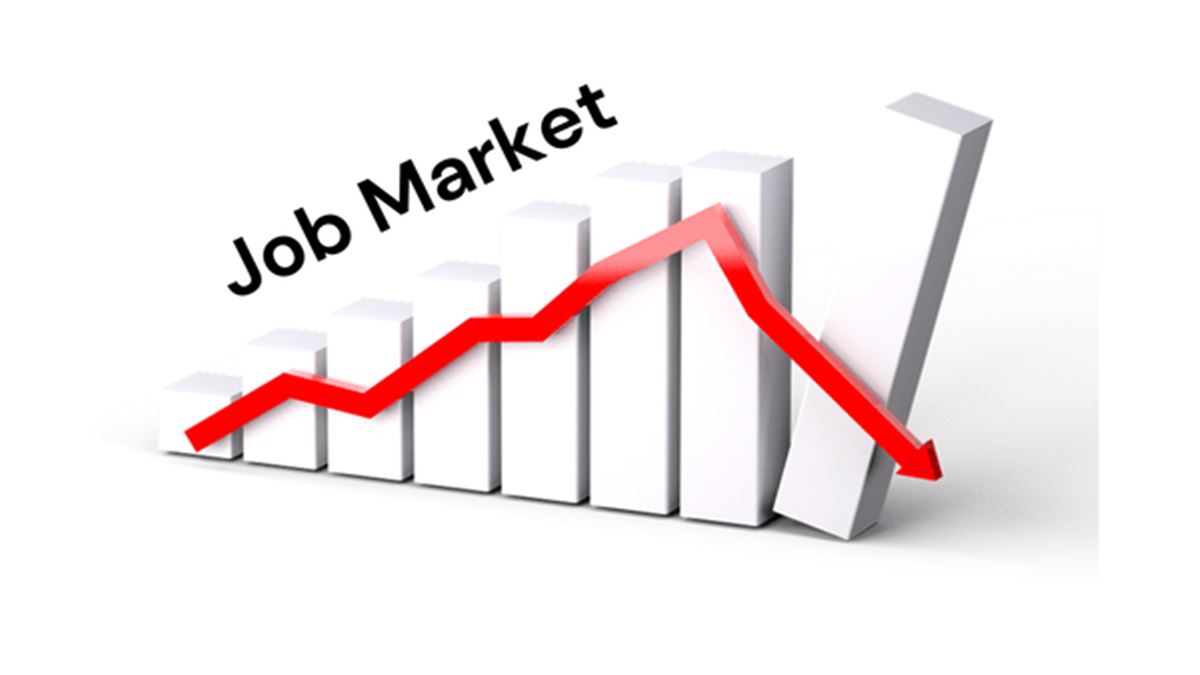One in three employees in Australia has experienced sexual harassment in the past five years, according to a new analysis, despite recent legislative reforms to curb these risks in the country.
The analysis from Burke Mangan Lawyers cited data from the Australian Human Rights Commission (AHRC), Fair Work Commission (FWC), and recent court decisions to report that sexual harassment remains prevalent in Australian workplaces.
It found that 33% of employees have experienced workplace sexual harassment between 2018 and 2022, higher than the 21% recorded in 2012.
Lyndon Burke, founding partner at Burke Mangan Lawyers, said the numbers remain “stubbornly high” despite over a decade of reform and awareness.
“It’s clear that policy on paper hasn’t translated yet into safer workplaces,” Burke said in a statement.
Efforts to curb harassment
The Australian government has been taking steps to address sexual harassment in workplaces, including a Positive Duty that requires employers to take “reasonable” steps to eliminate harassment in their workplace.
The FWC is also able to issue Stop Sexual Harassment Orders (SSHO), while the Workplace Gender Equality Agency has begun requiring employers to report on prevention and response mechanisms.
The analysis, however, noted that while 99% of employers have policies in place to eliminate harassment, only 55% of boards engage meaningfully with these.
Reporting schemes fail
Reporting mechanisms also continue to fall short, according to the report, with only 18% of employees experiencing workplace harassment filing a formal complaint.
Among them, 40% said nothing has changed afterwards.
“The AHRC report confirms that only one in five people who experience sexual harassment actually report it,” Burke said.
“A quarter of those who do report say there were no consequences for the harasser. That tells us reporting systems are still failing victims.”
Younger employees, those aged between 15 and 29 years old, who are also vulnerable to sexual harassment, were also found to be the least likely cohort to report the experience.
Burke warned that failure to report sexual harassment where young employees are involved can allow the conduct to escalate.
“It can also cause disengagement, emotional and physical harm, and longer-term instability in the workforce,” he added.
High-cost impact for workplaces
Penalties from workplace sexual harassment cases can also be costly for organisations, as the law firm pointed out that record damages have been awarded even for non-sexual conduct cases.
“Higher compensatory damages reflect the modern cost of living and the serious psychological impact on victims,” Burke said.
“We’re also seeing more aggravated damages for the increased distress caused by perpetrators’ behaviour.”
Recommendations for employers
Burke Mangan Lawyers said their analysis shows that employers need to move beyond policy statements to “embedded cultural change.”
Targeted training for leaders and managers should also be conducted, while boards should be engaged to have an active oversight role in harassment prevention.
The FWC’s SSHO should also be met with rapid response, and employers should maintain detailed records to defend against potential claims of harassment at work.
“Employers must identify risks, assess their likelihood and magnitude, and eliminate or minimise them,” Burke said. “That means having robust policies, staff and manager training, and a clear complaints process. These may seem like impositions, but the benefits are immense – a happier, more engaged workforce and a culture of respect.”




















